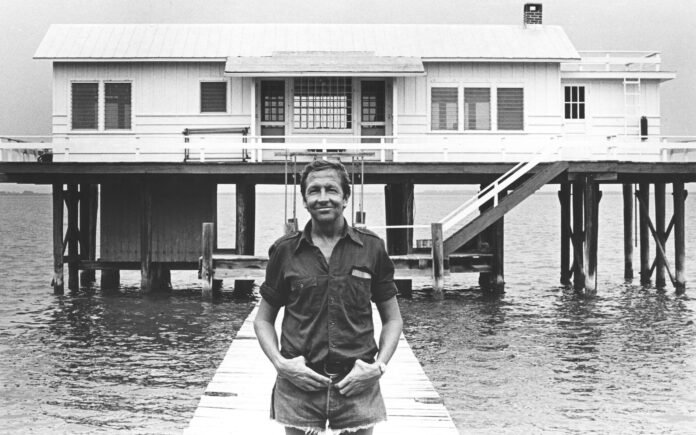Robert Rauschenberg had a utopian vision of the future, one where artists and scientists would come together and stretch their imaginations to effect radical change. The restless innovator, celebrated for his unruly experiments in abstraction using the commonplace materials of everyday life, often took the path least travelled. During the optimism of the 1960s, as Pop artists celebrated the benefits of mass production and minimalists sought an equilibrium, Rauschenberg, with remarkable foresight, sensed the coming climate crisis and turned his attention to how it should best be confronted.
Born and raised in the gritty industrial zone of Port Arthur, Texas, the artist was all too aware of the havoc caused by unremitting pollution. The sprawling oil town lies between the bayou and Sabine Lake and is dominated by hulking refineries. Above lick the flaming tongues of fossil fuel distillation, while below, shimmering on the sea’s surface, is the evidence of chemical overspill. Everything, Rauschenberg recalled of his childhood, was coated in an oily iridescence.
Boating trips out to the bayou with his family revealed the steep degradation of the wetlands and the decimation of the wildlife population. For an animal lover — Rauschenberg kept something of a menagerie at home — these early experiences of ecological destruction were deeply affecting.






